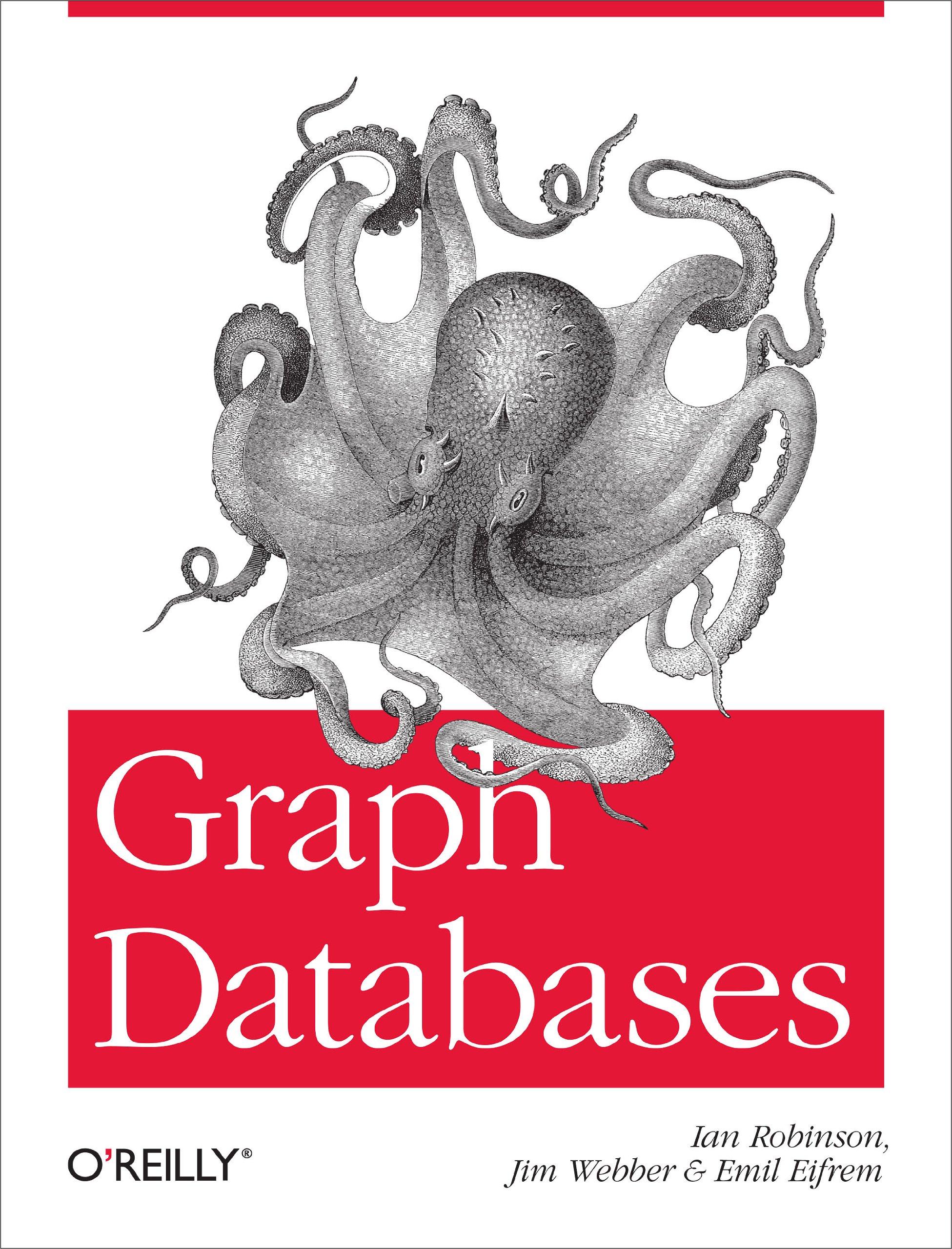Question
this is the example of the code .586 .MODEL FLAT INCLUDE io.h ; header file for input/output .STACK 4096 .DATA number1 DWORD ? number2 DWORD
this is the example of the code
.586 .MODEL FLAT
INCLUDE io.h ; header file for input/output
.STACK 4096
.DATA number1 DWORD ? number2 DWORD ? prompt1 BYTE "Enter first number", 0 prompt2 BYTE "Enter second number", 0 string BYTE 12 DUP (?) resultLbl BYTE "The sum is", 0 sum BYTE 11 DUP (?), 0
.CODE _MainProc PROC input prompt1, string, 12 ; read ASCII characters atod string ; convert to integer mov number1, eax ; store in memory
input prompt2, string, 12 ; repeat for second number atod string mov number2, eax mov eax, number1 ; first number to EAX add eax, number2 ; add second number dtoa sum, eax ; convert to ASCII characters output resultLbl, sum ; output label and sum
mov eax, 0 ; exit with return code 0 ret _MainProc ENDP END

intel x86 recursive factorial
5. The factorial function is defined for a for integer argument n by factorial(n) nonnegative integer if n n factorial (n 1) if n 0 Write a value-returning procedure named factorial that implements this recursive function. Submit a windows 32 program to calculate factorialn) for nin range [0, 12]. For values outside this range, simply output message "The n value entered is out of rangeStep by Step Solution
There are 3 Steps involved in it
Step: 1

Get Instant Access to Expert-Tailored Solutions
See step-by-step solutions with expert insights and AI powered tools for academic success
Step: 2

Step: 3

Ace Your Homework with AI
Get the answers you need in no time with our AI-driven, step-by-step assistance
Get Started


